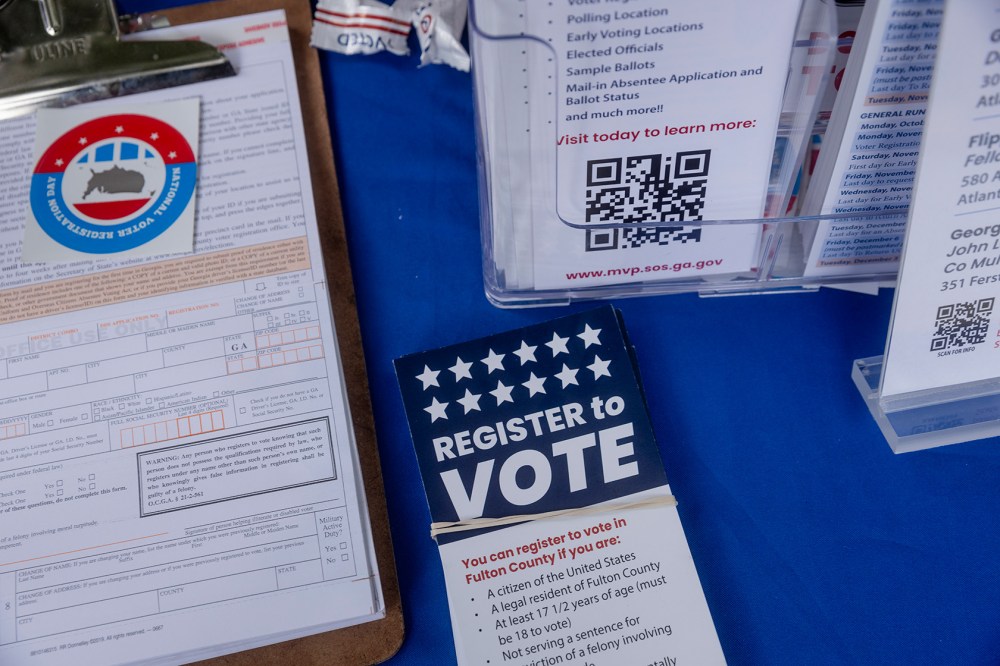The SAVE Act, a bill aimed at promoting energy efficiency and reducing carbon emissions, has recently passed the House version. As reported on
GovTrack.us, the bill, also known as H.R. 22, has garnered significant attention from lawmakers and environmentalists alike. In this article, we will delve into the details of the SAVE Act, its key provisions, and what it means for the future of energy efficiency in the United States.
What is the SAVE Act?
The SAVE Act, or the "Save Energy Act," is a bill introduced in the House of Representatives aimed at promoting energy efficiency and reducing carbon emissions. The bill focuses on improving energy efficiency in buildings, homes, and industries, with the ultimate goal of reducing the country's reliance on fossil fuels and mitigating climate change. As stated in the
text of H.R. 22 on GovTrack.us, the bill aims to "promote energy efficiency and reduce energy consumption in the United States."
Key Provisions of the SAVE Act
The SAVE Act includes several key provisions aimed at promoting energy efficiency and reducing carbon emissions. Some of the notable provisions include:
Building Efficiency: The bill requires the Department of Energy to establish standards for energy efficiency in new and existing buildings, including residential and commercial properties.
Appliance Efficiency: The bill sets energy efficiency standards for appliances, including lighting, HVAC systems, and other household appliances.
Industrial Efficiency: The bill promotes energy efficiency in industries, including the use of combined heat and power systems and waste heat recovery.
Renewable Energy: The bill encourages the use of renewable energy sources, including solar and wind power, and provides incentives for businesses and individuals to invest in renewable energy projects.
Benefits of the SAVE Act
The SAVE Act has several benefits, including:
Reduced Energy Consumption: By promoting energy efficiency, the bill aims to reduce energy consumption and lower energy bills for households and businesses.
Job Creation: The bill is expected to create jobs in the energy efficiency and renewable energy sectors, stimulating economic growth and development.
Environmental Benefits: By reducing carbon emissions, the bill aims to mitigate climate change and promote a cleaner environment.
The SAVE Act is a significant step towards promoting energy efficiency and reducing carbon emissions in the United States. As the bill moves forward, it is essential to understand its key provisions and benefits. By supporting the SAVE Act, lawmakers and individuals can contribute to a more sustainable future and reduce the country's reliance on fossil fuels. For more information on the SAVE Act, visit
GovTrack.us and read the
text of H.R. 22 to stay updated on the latest developments.
Note: This article is for informational purposes only and is not intended to provide legal or professional advice. For more information on the SAVE Act, please consult the official
GovTrack.us website.








